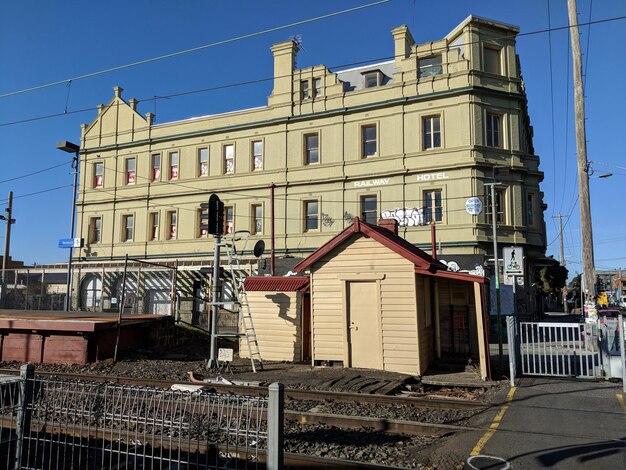Discover the Location of Jeffrey Dahmer’s Infamous Apartment
When the chilling tales of Jeffrey Dahmer, the notorious serial killer, reached the public, many were left wondering about the ordinary spaces in which he carried out his gruesome acts. Among the most frequently asked questions is, Where did Jeffrey Dahmer live? Jeffrey Dahmer resided at the Oxford Apartments, Apartment 213, located on 924 North 25th Street in Milwaukee, Wisconsin. This location became infamous as the site where he committed many of his horrendous crimes.
Living in apartment 213, Dahmer led a seemingly unremarkable life, going unnoticed by many neighbors. The Oxford Apartments were ordinary low-income housing, which had the misfortune of being part of one of the darkest chapters in modern history. Today, this apartment building no longer exists; it was demolished in 1992 following Dahmer's arrest, as part of an effort to wipe away the painful memories.
While the story of Dahmer's apartment is horrific, it encapsulates a broader social issue: the often-overlooked struggles of individuals living in disadvantaged situations. These challenges can sometimes push people toward the edge, making it crucial to focus on solutions and support systems. Many people overlook the importance of affordable housing, financial stability, and access to mental health resources.
In light of this, society can address potential crises through improved access to government aid programs and financial assistance options. These offers not only aid in preventing similar instances but also bolster community well-being and safety. How does one navigate these sometimes complex avenues of support?
Suppose you're someone who might benefit from exploring financial or social assistance. In that case, understanding the range of options available is essential. From government programs to non-profit initiatives, multiple paths can help you get back on your feet or provide additional support for those in vulnerable circumstances.
These programs include:
Government and Non-Governmental Financial Assistance
1. Federal Housing Assistance
- Provides subsidies to low-income families.
- Key takeaways: Stability and the opportunity to find better housing environments.
2. SNAP (Supplemental Nutrition Assistance Program)
- Offers food-purchasing assistance.
- Key benefits: Helps alleviate food insecurity, improving quality of life.
3. Medicaid
- Health coverage for low-income individuals.
- Importance: Accessibility to necessary healthcare services contributing to overall health and well-being.
Debt Relief Options
1. Debt Consolidation
- Simplifies multiple debts into a single payment.
- Advantages: Lower interest rates and monthly payments.
2. Credit Counseling Services
- Provides guidance on managing finances effectively.
- Use case: Helps develop a personalized plan to remedy financial woes.
Educational Opportunities
1. Pell Grants
- Financial aid for students in need to attend college.
- Impact: Reducing educational costs and fostering better job opportunities.
2. Vocational Training Programs
- Offers specific skill training for various professions.
- Outcome: Equips individuals with the skills needed for today's job market.
Turning a grim chapter into a pathway for positive change involves understanding and using all available resources. By tackling issues at their root and ensuring people are supported in ways that promote dignity and opportunity, society can prevent future tragedies and build stronger communities.
🛠️ Available Programs and Solutions
- 🏠 Federal Housing Assistance
- 🍽️ SNAP for Food Security
- 🩺 Medicaid for Health Care Access
- 📈 Debt Consolidation Programs
- 👨🏫 Pell Grants for College
- 🔧 Vocational Training
These resources serve to remind us that, no matter the darkness in history, there's always a path forward built on empathy, support, and proactive solutions.
